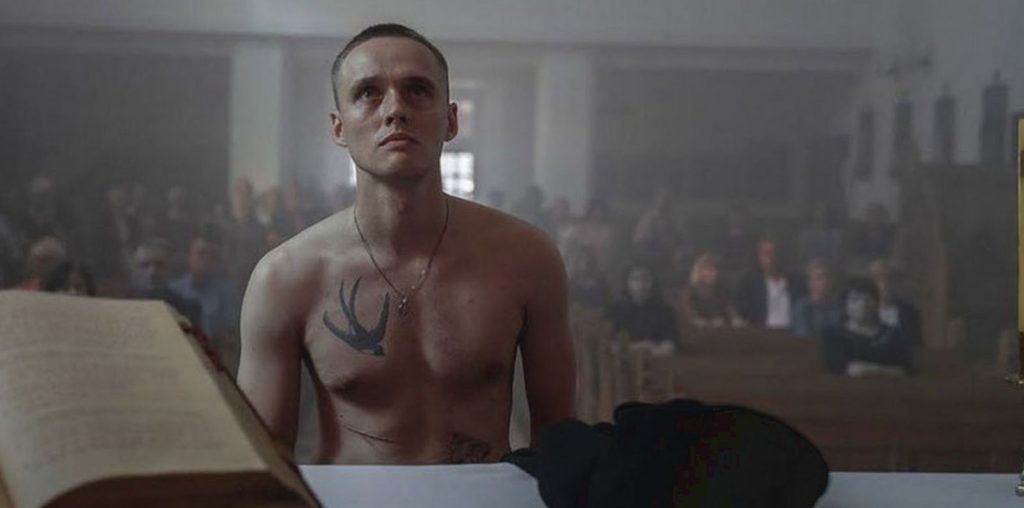
As a rule, low budget indies aren’t period pieces. If I had a nickel for every student/first-time filmmaker flick set in the director’s favorite bar or shot in his parents’ house, well, I’d have a couple of bucks. Which is what makes “Henry May Long” so unusual, for it’s maybe the first festival entry I’ve seen that uses a period setting in straight fashion (i.e. not for a gag or as a jumping off point).
The events unfold in Victorian era New York City, where scion of privilege Henry May (Christian Camargo) has been informed by his boss he has a month to return the thousands of dollars he’s embezzled from the company. May is at the end of a long road of alcohol and drug abuse and has seemingly resigned himself to dissolution and eventual death. A chance(?) encounter with old friend Henry Long (Brian Barnhart) leads to another possibility, however. Long is terminally ill and presents May with a proposition that could offer each man a resolution to their current predicaments. That is, if the offer is what it seems.
“Henry May Long” has the look of a much more expensive production. Writer/director Randy Sharp brings late 19th century New York to life with her use of historical locations for shooting and the way she lights her scenes. It isn’t often that once comes across a smaller feature as ambitious as this, and for that alone Sharp is to be commended.
It’s just too bad the story doesn’t invoke the same sentiments. Perhaps the mood is meant to recall the that lethargic effects of the May’s beloved laudanum, but the script – laden with constant references to how unwell everybody (but especially Henry Long) looks – bogs the film down repeatedly. Meanwhile, far too much time is spent attempting to build the supposed tension between the respective Henrys before the not-so surprising surprise climax. Both Camargo and Barnhart appear capable of stretching themselves, it’s just too bad the script doesn’t let them. It’s not a bad film, but I was disappointed that the same care that was obviously put into re-creating the look, feel, and clothing of 1887 New York didn’t go into building a more compelling story to accompany the setting.

